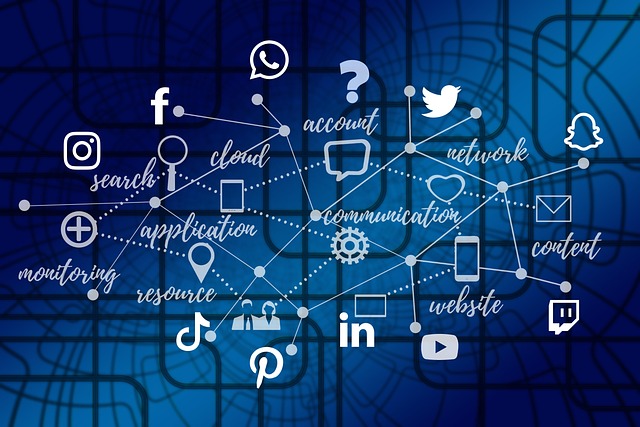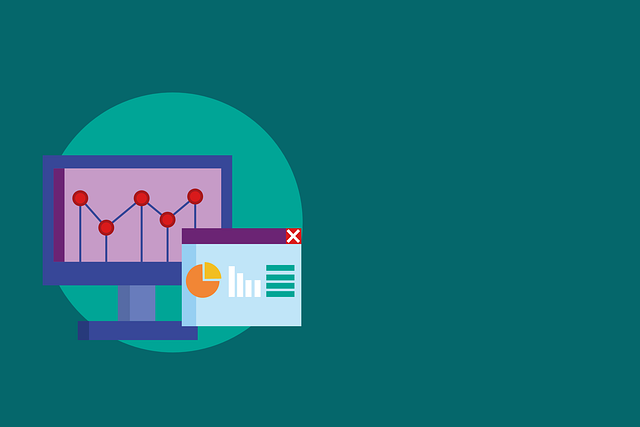AI staff performance analytics dashboards revolutionize business operations by transforming raw data into actionable insights, enhancing productivity and team performance. These tools utilize advanced machine learning algorithms, natural language processing, and predictive modeling to automatically categorize diverse data points, saving time and ensuring accuracy. Managers can use these dashboards for real-time tracking, historical trend analysis, and data-driven decision-making, identifying areas for improvement and predicting potential issues. By integrating seamlessly with HR software, these dashboards enable businesses to optimize their workforce, maintain market competitiveness, and foster a culture of continuous learning and development. To maximize predictive accuracy, organizations should implement robust strategies such as leveraging dashboards for real-time insights, fostering continuous learning, and integrating diverse data sources.
In today’s data-driven landscape, AI business predictive analytics solutions are transforming how organizations optimize their operations. Specifically, AI staff performance analytics dashboards empower companies with actionable insights into employee productivity and engagement. Understanding these dynamic tools is crucial for unlocking competitive advantages. This article delves into the key components of effective AI-powered performance tracking systems and offers strategies for maximizing their potential, ensuring your business stays ahead in a bustling market.
- Understanding AI Staff Performance Analytics Dashboards: Unlocking Business Insights
- Key Components of Effective AI-Powered Performance Tracking Systems
- Maximizing AI Business Predictive Analytics: Strategies and Best Practices
Understanding AI Staff Performance Analytics Dashboards: Unlocking Business Insights

AI staff performance analytics dashboards are powerful tools that transform raw data into actionable insights, helping businesses optimize their operations and drive growth. These dashboards offer a comprehensive view of employee productivity, engagement, and skill utilization by presenting key metrics in an intuitive, user-friendly interface. With real-time tracking and historical trends, leaders can identify areas for improvement, predict potential issues, and make data-driven decisions to enhance overall team performance.
By leveraging AI algorithms, these dashboards can automatically categorize and analyze diverse data points such as attendance records, project deliverables, and feedback surveys. This not only saves time but also ensures accuracy in assessing staff performance. Equipped with these insights, businesses can implement targeted strategies, foster a more productive work environment, and cultivate a culture of continuous learning and development among their workforce.
Key Components of Effective AI-Powered Performance Tracking Systems

Effective AI-powered performance tracking systems are built on a solid foundation of key components. Firstly, these systems harness advanced machine learning algorithms to analyze vast amounts of data, from sales figures to customer interactions, uncovering valuable insights into employee productivity and areas for improvement. This involves natural language processing for text-based data and predictive modeling to forecast future trends and potential challenges.
Secondly, AI staff performance analytics dashboards play a pivotal role by visualizing these complex data points in intuitive, real-time formats. These dashboards empower managers to make informed decisions quickly, identify top performers, and pinpoint areas where additional training or resources might be needed. By seamlessly integrating with existing HR software and data sources, these systems offer a holistic view of organizational performance, enabling businesses to optimize their workforce and stay ahead in the market.
Maximizing AI Business Predictive Analytics: Strategies and Best Practices

To maximize the benefits of AI business predictive analytics, organizations should focus on implementing robust strategies and best practices. Firstly, leveraging AI staff performance analytics dashboards enables data-driven decision-making by providing real-time insights into key metrics. These dashboards streamline information access, enhancing operational efficiency and enabling proactive measures rather than reactive ones.
Additionally, fostering a culture of continuous learning and adaptation is vital. Regularly training AI models with updated data ensures their predictive accuracy remains high. This involves integrating diverse data sources to create comprehensive models that can anticipate trends and patterns effectively. By combining these strategies, businesses can harness the full potential of AI predictive analytics, driving growth, improving efficiency, and gaining a competitive edge in today’s fast-paced market.
AI staff performance analytics dashboards offer a powerful tool for businesses to predict and optimize their workforce dynamics. By harnessing the capabilities of AI, organizations can gain valuable insights, enhance productivity, and make data-driven decisions. Through understanding key components and implementing best practices, companies can maximize the potential of AI business predictive analytics, fostering a more efficient and effective work environment.
